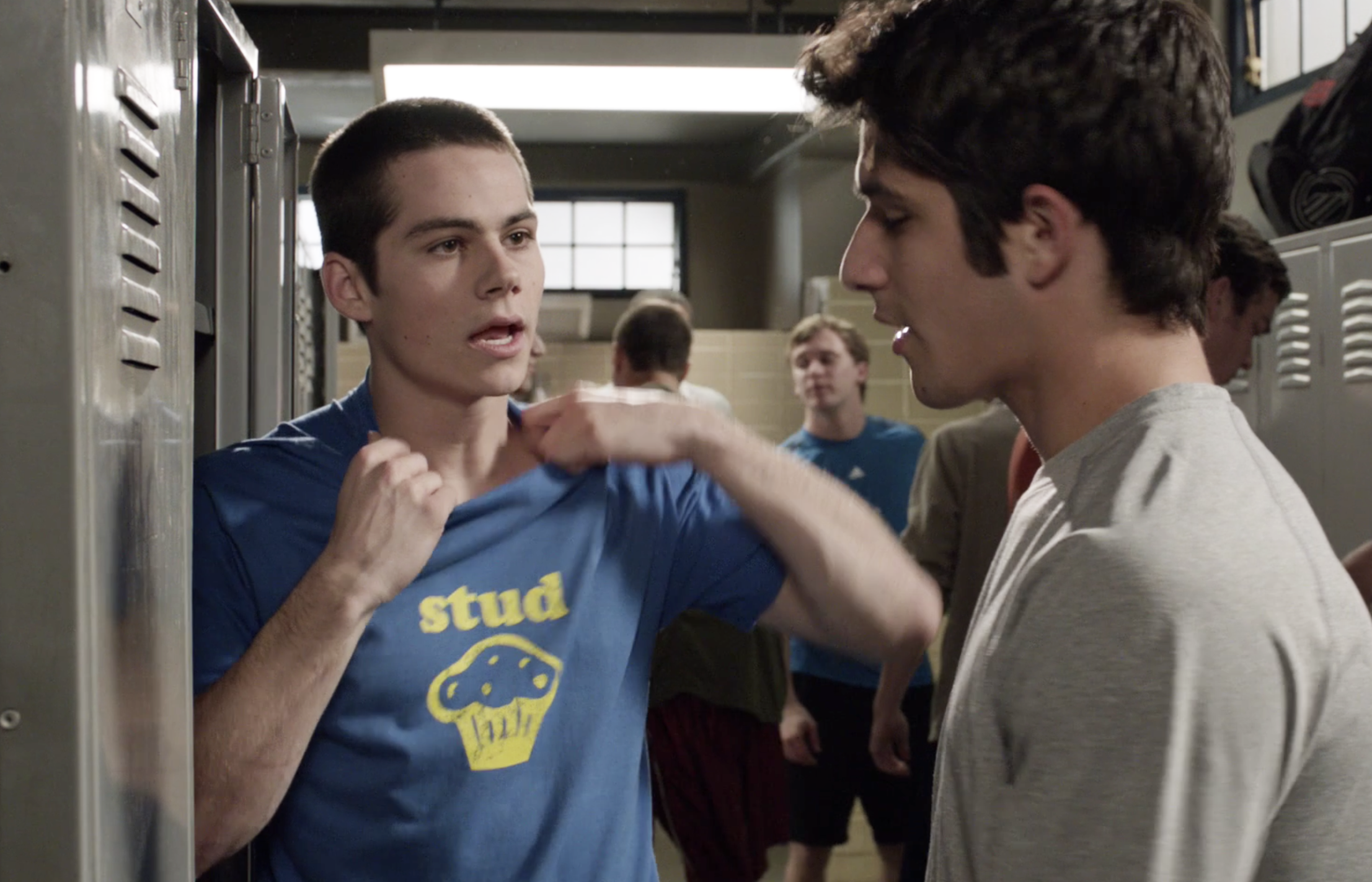Table of Contents Show
The heroes of the story always have their time to shine. They get their true love, save the world from inevitable doom, achieve their dream job, and catch the killer – but they don’t do it all on their own. Protagonists tend to have a best friend or even a sidekick that pushes them to reach their ultimate goal. However, whilst doing so, these characters tend to find humor and break the tension in heavy situations. These characters are referred to as comic relief characters. Without them, audiences would never get this necessary break from dramatic moments in film, television, and literature.
Why Do We Need Comic Relief Characters?
The purpose of comedic relief characters is in its name, “comic relief.” Comic relief is used to create humorous moments or break the tension in a dramatic or tense scene in a story. This tool can only be used in all genres except for comedy – if it were used in a comedy, it would simply be just any other funny moment or character in satire.
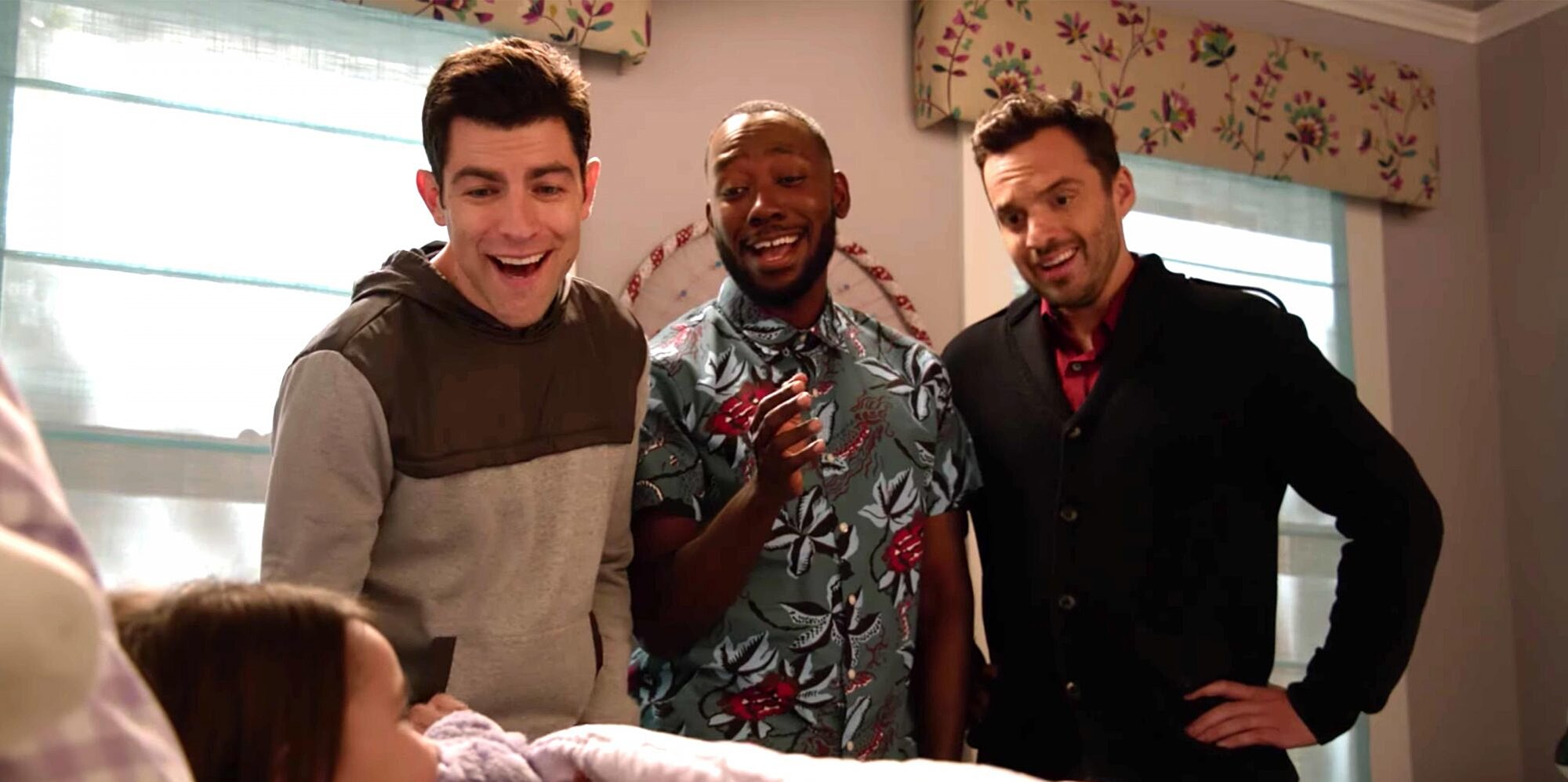
Comic relief characters can take any shape or form: the trusty best friend, an animated sidekick, or a wisecracking companion. This type of character may be used only for comedic purposes, but there is always more depth than meets the eye. A typical trope within these characters is the “tragic backstory” embodiment. Their easy-going and hilarious personalities are compensations for the trauma they have endured. Although this shouldn’t be a commonality, writers usually go for it when creating these characters. It simply makes them more likable, and the audience tends to empathize with them.
Not only are these characters used to lighten the mood during dark times, but they can subconsciously help the protagonist reach their ending goal within the story. Without most comic relief characters, the progression of a story would remain at a stalemate. So, yes, comic relief is used purely for mood-lifting, but these characters also have intriguing backstories of their own that captivate audiences and give purpose to their character as anything but just the “funny character.”
Stiles Stilinski
In a world filled with werewolves, banshees, and more supernatural beings, Teen Wolf (2011-2017; Jeff Davis) revolves around a sixteen-year-old, Scott McCall, as he adjusts to his new life as a werewolf. With deaths happening left and right, along with the characters facing the troubling situations and demands of high school, the show is definitely known for its dramatics. Having to balance the supernatural with high school circumstances is no easy feat, which is why Scott usually calls on his best friend and only main human character, Stiles Stilinski, to help him with his endeavors.

Stiles is the perfect example of a comic relief character. Apart from being the epitome of a flawless best friend, Stiles’ hyperactive personality and fierce loyalty make him a fan-favorite of the series. Teen Wolf is definitely on the dark and brooding side of television; however, there’s always an iconic line, moment, or even facial expression that uplifts the mood courtesy of Mr. Stiles Stilinski. His infectious personality resembles one of a puppy: lovable and irresistible.
After facing a number of deaths, even the murder of one of the most beloved main characters, Stiles’ personality never shifted. Stiles has always been overly anxious and curious, particularly about mysteries and criminology. Although he is very hyperactive, outspoken, and highly intelligent, he is prone to distractions due to his ADHD. He is also known for his quick sarcastic quips and scatterbrained shenanigans. Even in season three, when his character was possessed by the Nogitsune, his personality as a human possessed by a demon still showed some sort of comedic relief during his eerily tense scenes with other characters.
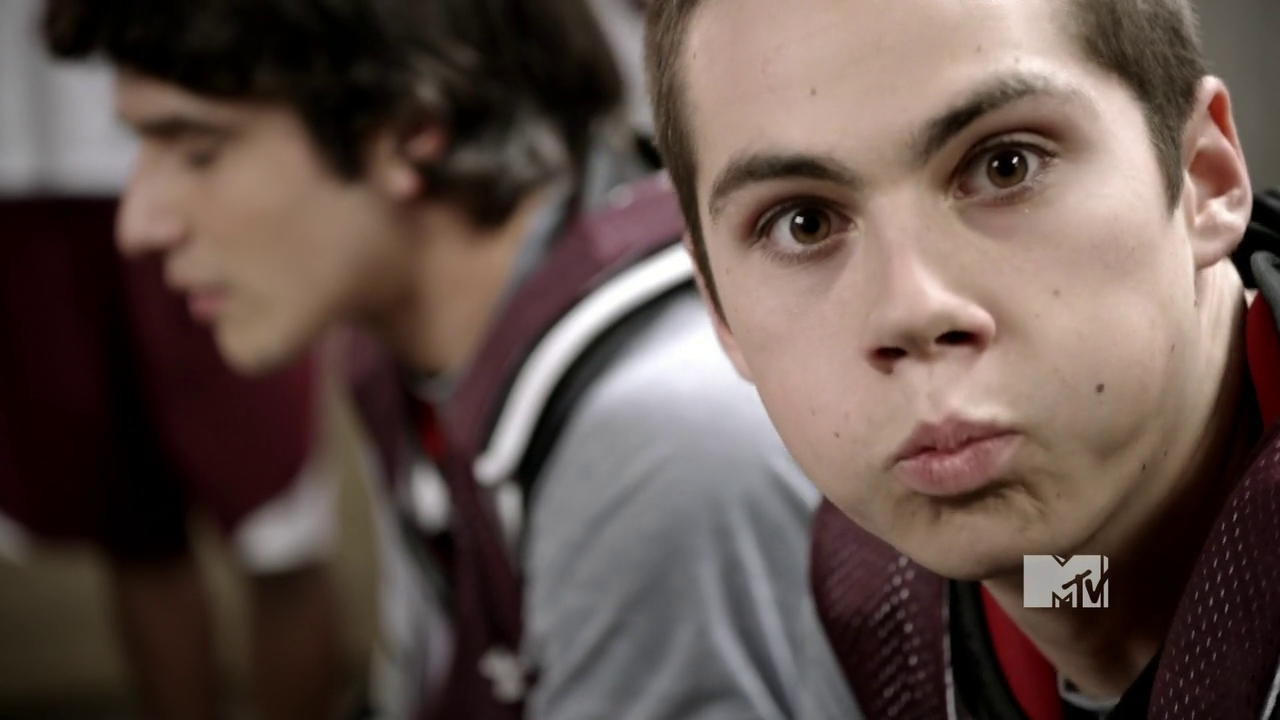
Overall, Stiles was present with Scott through and through, being that beacon of light for the pack, and without his loyalty, protectiveness, and hilarity, Scott and their friends would not have made it through the series.
Felix Weston
Similar to Stiles, Felix is also the life of the party, brightening up the room every time he walks in. In Love, Victor (2020-Present; Isaac Aptaker), a comedic drama series about a young boy discovering his sexuality and dealing with the repercussions of it, Felix is the first genuine character that truly accepts Victor for who he really is. The audience first meets Felix as Victor’s new dorky yet charming neighbor, who basically forced his way into becoming Victor’s new best friend. From then on, his aura radiated positivity, and there was never a moment where the audience saw Felix in a negative light.

However, his happiness makes up for the lack of love he receives from his own mother. In the series, the viewers discover that his mother suffers from a number of mental health issues which causes a handful of issues for Felix to deal with himself, such as financial matters and simple things like cleanliness in his own home. Yet, despite these obstacles, Felix’s personality and his actions are never affected by them.
I really don’t know the perfect thing to say, but I’m really happy you told me. And this doesn’t change anything between us, obviously.
Felix to victor in love, victor (2020-present)
Felix is the perfect example of a comic relief character with a plot purpose. When the pivotal scene of Victor coming to terms with his sexuality occurred, Felix was the first person he came out to. Instead of making a joke to break the tension or saying something insensitive to show his discomfort with emotions, Felix showcased the perfect reaction for anyone in this scenario.
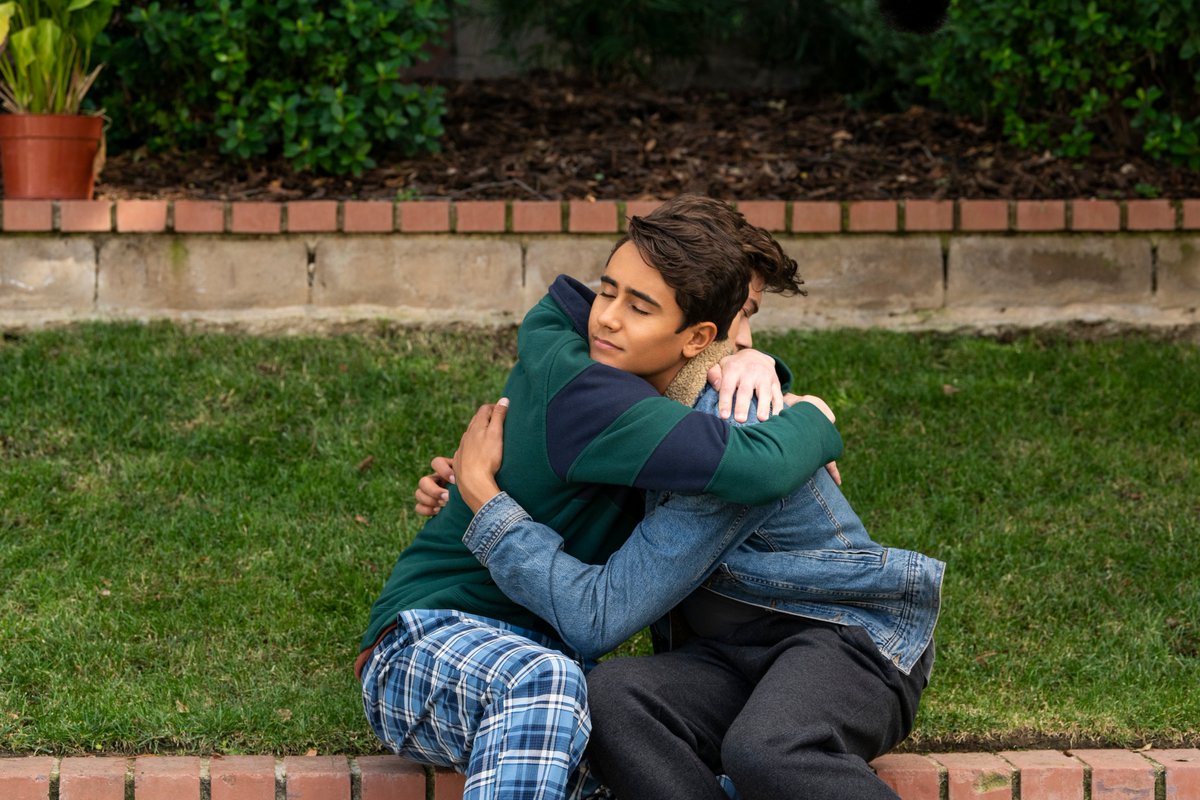
His actions gave the audience a perfectly appropriate response to someone coming out to them. While his character is useful for comedic purposes, he is still capable of being serious and compassionate, which exemplifies duality in comic relief characters, and why pop culture needs more of it.
Cristina Yang
In a television series like Grey’s Anatomy (2005-Present; Shonda Rhimes), laughter is probably the last thing Shonda Rhimes would have included, yet she created the iconic fan-favorite character, Cristina Yang. Although she wasn’t present in all fifteen seasons of the show, Cristina happens to be the most memorable and lovable character within the fandom. Not only was she the greatest cardiothoracic surgeon for ten seasons, but her sly comments, real personality, and perfectly timed jokes were enough for viewers to continuously tune in to the hospital drama.

Comic relief characters are commonly known for their iconic one-liners and habit of not taking certain situations seriously. However, Cristina is an all-around character. Admittedly, she is borderline cocky at times, although her acts of emotion and vulnerability outweigh the overweening parts of her personality. Like most comic relief characters, the viewers slowly see her character unravel as the series progresses. Her friendship with Meredith Grey brought out her humanistic side, which was a different perspective for the audience, who only viewed her as this disciplined intern who would trample over anyone and anything to get what she wants.

Meredith and Cristina definitely brought out the best in each other, but especially in Cristina. The viewers got to see her character develop into the determined, funny, and quick-witted surgeon the fans all know and love. This is definitely an amazing example of the comic relief character pushing the protagonist to their end goal and vice versa.
Emily Charlton
With the above examples all being best friends to the protagonist, Emily Charlton of The Devil Wears Prada (2006; David Frankel) happens to be one of the greatest frenemies in cinematic history. In the film, Emily is the first assistant to Miranda Priestly, the Anna Wintour-like character that is the real-life former editor-in-chief of Vogue magazine and is trying to find a replacement for her old position. The viewers then meet Andrea (Andy) Sachs, an aspiring journalist who knows little to nothing about the fashion industry yet manages to get a job as Miranda’s second assistant.
Emily’s blatant disdain for Andy should be off-putting; however, her character’s mannerisms and notable quotes make her a fan favorite. Emily is an arrogant workaholic who would stop at nothing to get what she wants. Throughout the film, Emily constantly makes fun of Andy for her lack of fashion sense and inability to do simple tasks for their boss. Although what makes her a memorable comic relief character is that Emily Blunt, the actress that portrays her, made her so comical that fans could not help but love her.
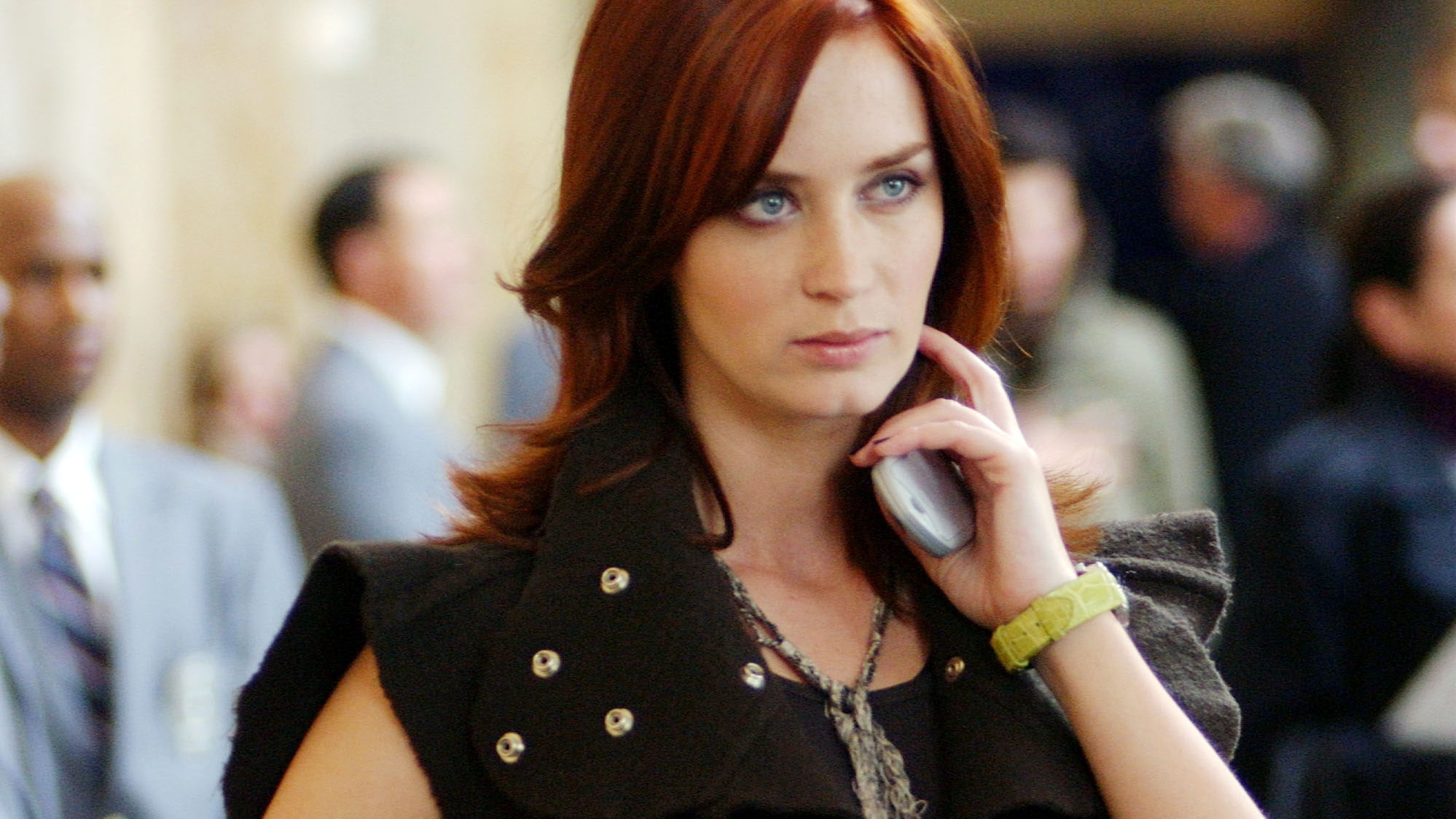
Having ad-libbed and improvised most of her one-liners and background movements, Blunt took what was supposed to be a cruel and disliked character into one that made the film humorous at times. Compared to Andy’s carefree attitude, Emily’s serious approach to her job created some of the most iconic comedic moments in the film. Contrary to popular belief, the comic relief character can be firm when the situation calls for it. Therefore, comic relief can truly come from any type of film and can typically make the latter even better.
Comedic Characters Can Also Be The Hero
Not all comic relief characters are the sidekicks or next-door neighbors. In rare cases, the hero of the story is fully capable of saving the world while cracking a few jokes here and there. Take the anti-hero Loki, from the Marvel Cinematic Universe, for example. His intellect and sharp wit made him one of the most beloved villains in cinema. However, this plot device is not limited to the supporting cast. It is rare to see the main protagonist being the sense of relief the audience needs in scenes of drama and tension. If the main character was funny most of the time, the film would be considered a comedy.
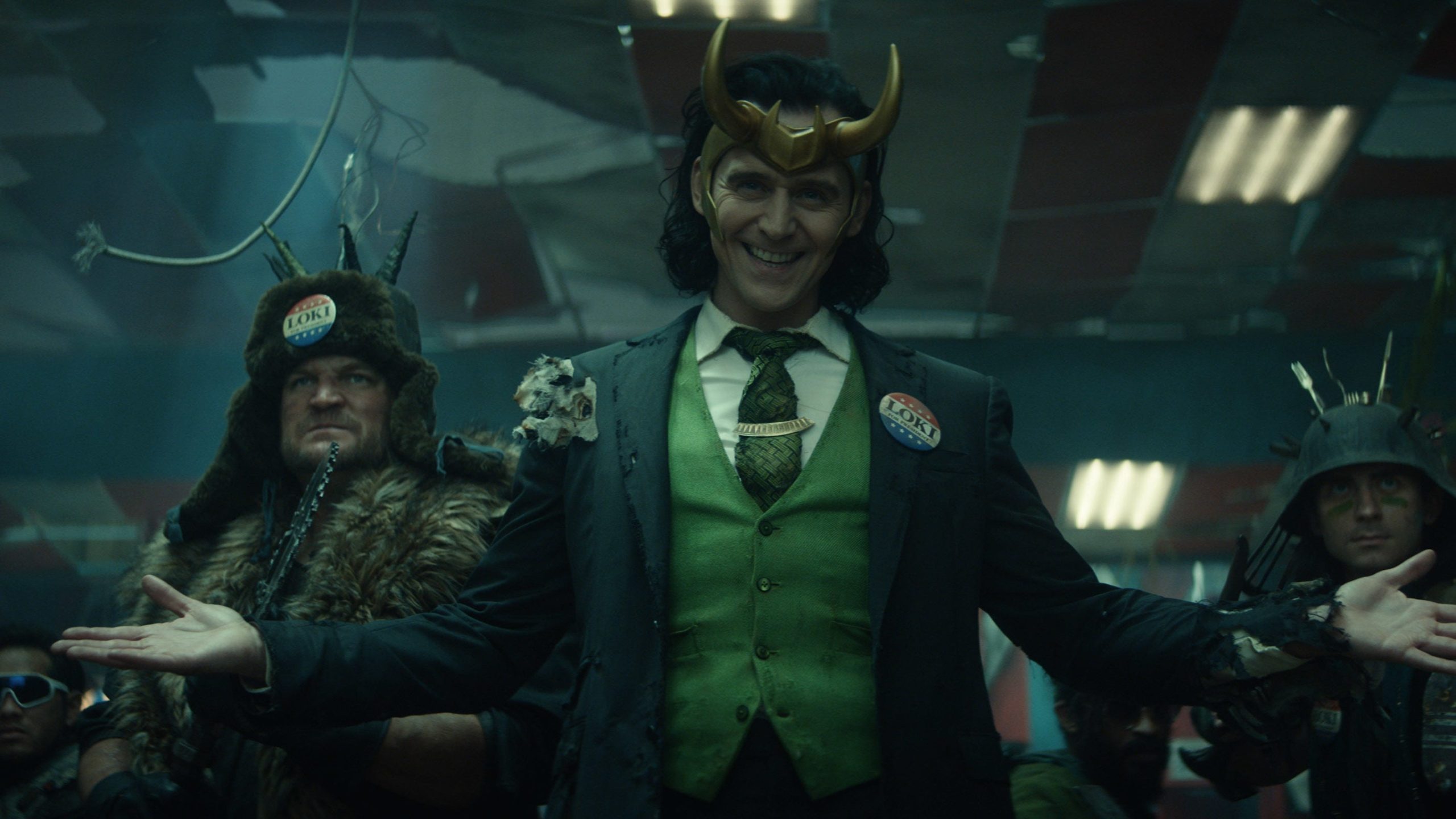
Comic relief is also not limited to live-action productions. In most Japanese animations, especially in shounen anime, these plot devices are still being used for the same purpose as live productions. Many shounen animes are centered around action and tragedy, with the main protagonist wanting to reach their ultimate almost unattainable goal. With such a driven main character wanting to accomplish a difficult objective, comedy is certainly necessary for not only them but also the audience.

For example, in My Hero Academia (2016-Present; Kohei Horikoshi), the main protagonist, Izuku Midoriya (aka Deku), is a young student at UA High School. He was born Quirkless; he is striving to become the world’s number one hero. Throughout the series, the audience witnesses Deku’s progress as a determined and loyal fighter. Seeing him face the toughest villains, experience hours of brutal training, and suffer severe injuries, it is certainly a breath of fresh air to see him plaster a smile on his face and be one of the many forms of comic relief in the anime.
Cheers To The Comic Relief Characters
Comic relief characters are the backbones of most narratives, and without them, stories would feel incomplete. Their purpose is to have a perfect balance of lightheartedness to what might be a very sobering story. And although these characters certainly have a reason for being included in their narratives, they are still people at the end of the day. They are just as complex and multidimensional as their counterparts and antagonists. Gaining laughs is just one of many reasons why comic relief characters are necessary for any storyline.
